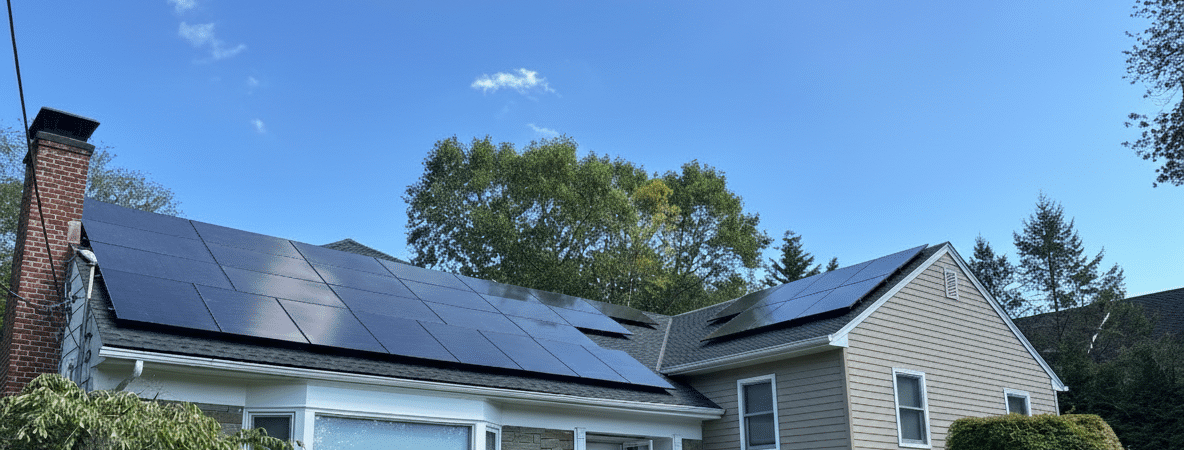
We are thrilled to present our remarkable solar calculator, developed in collaboration with Google Project Sunroof. This cutting-edge platform empowers you to determine if your home qualifies for solar energy and unveils the potential monthly and lifetime savings. If you prefer a hassle-free experience without engaging with salespeople, our solar calculator is the perfect tool to gain insights into your unique situation. Here are the steps to demonstrate how the solar calculator works and its benefits.
Step 1: Enter Your ZIP Code and Get Started To initiate the solar assessment process, Start by entering your ZIP code, allowing the calculator to tailor the results to your specific region. For the purpose of this demonstration, let’s choose a random ZIP code in New York State.
Step 2: Calculate Your Potential Savings Once you’ve entered your ZIP code, click on the “Get Estimate” button. This action will take you to our comprehensive calculator, which will ask a few fundamental questions to gauge the savings potential for your home. The first query pertains to your average monthly electric bill payment. Let’s assume it is $300 per month. Enter this information and click “Calculate Savings.”
Step 3: Provide Your Address and Receive an Estimate This crucial step enables the system to generate a precise map of your home, considering factors like tree shading and house orientation. For our demonstration purposes, we’ll select a random address in Middletown, New York.
Step 4: Unveiling Your Estimated Savings and System Details. Once you have provided your address, the solar calculator will display a close estimate of your potential savings, as well as other pertinent information. Here are the key metrics for your consideration:
Approximate Lifetime Savings: In this example, the projected savings amount to $55,000 over the system’s lifetime.
Increase in Home Value: The calculator estimates a 4.1 percent increase in your home’s value.
Environmental Impact: Gain insight into the positive environmental impact of adopting solar energy.
Recommended System Size: Based on the assessment, the calculator recommends a system size of 43 to 49 panels, translating to a 14 to 16 kilowatt system.
Step 5: Taking the Next Steps – If you are ready to explore solar energy further, click “I’m Ready.” This action prompts a request for your information to provide you with a detailed estimate. Rest assured that our process ensures your privacy and data security.
Using our solar power calculator, you can now easily determine whether your home falls within the 25 to 30 percent of properties that are suitable for solar energy in the Northeast region. Our calculator eliminates the need for phone consultations with salespeople, allowing you to gain vital insights into your solar potential at your convenience.











